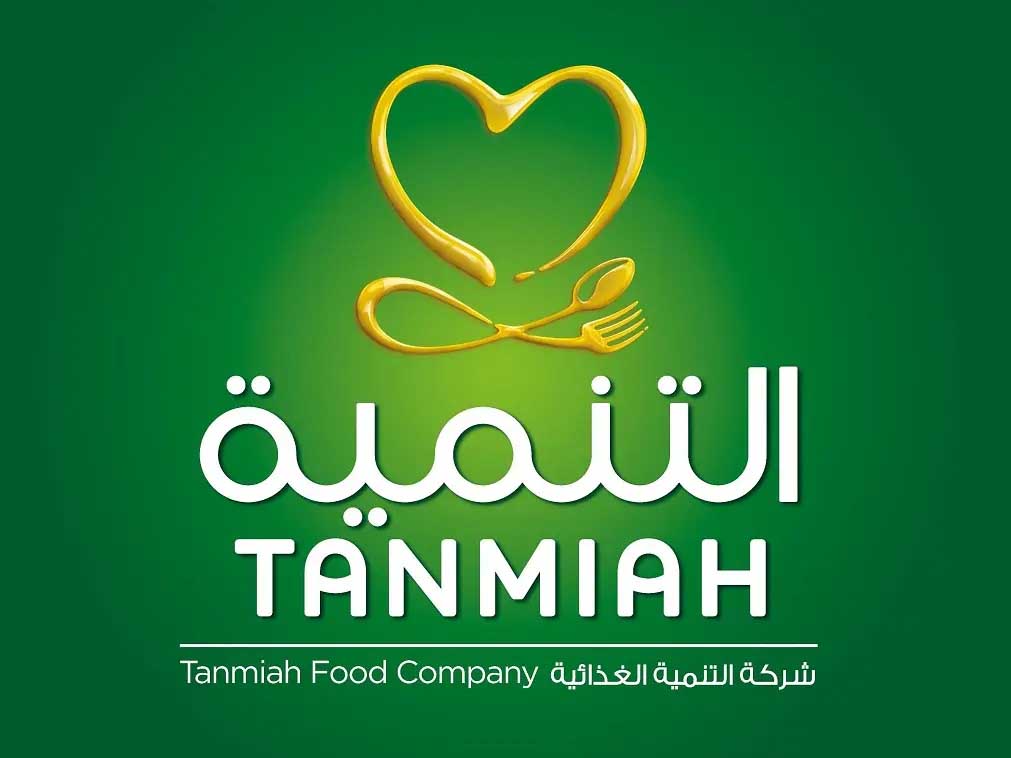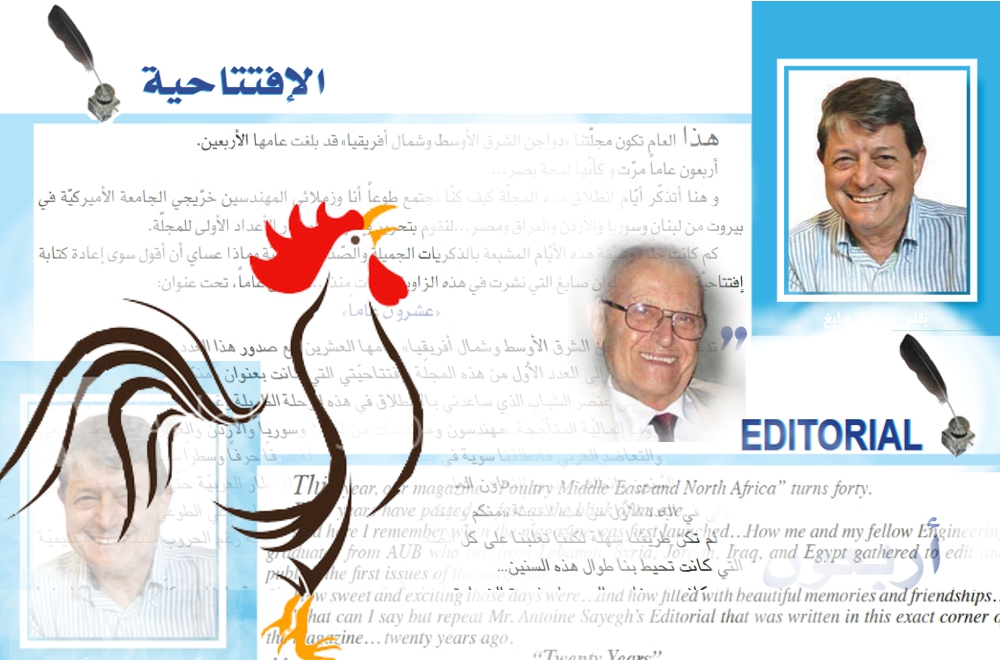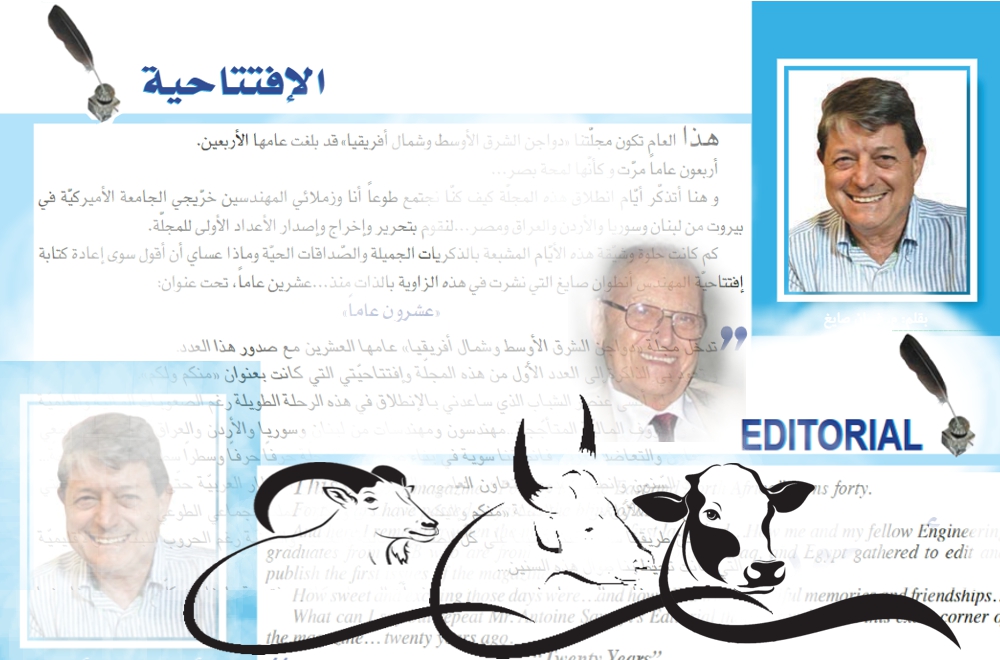We have
1016 Readers online now
 In this section you can read and publish your scientific articles.
In this section you can read and publish your scientific articles.
Send your material to: This email address is being protected from spambots. You need JavaScript enabled to view it.
- Details
- Parent Category: Articles
- Category: Poultry Sciences articles
 Poultry meat enhances the Ramadan table with an abundance of one million tons, and a self-sufficiency rate of 72%
Poultry meat enhances the Ramadan table with an abundance of one million tons, and a self-sufficiency rate of 72%
The Ministry of Environment, Water and Agriculture confirmed that poultry meat is one of the main pillars on the tables of the holy month of Ramadan, as local production recorded more than one million tons, which reflects the abundance of the national product and its ability to meet local demand, in addition to achieving a surplus that enhances export capabilities to various countries of the world, and contributes to supporting food security in the Kingdom.
Read more: Poultry meat enhances the Ramadan table with an abundance of one million tons, and a...
- Details
- Parent Category: Articles
- Category: Poultry Sciences articles
 By: Prof. Dr. Mohammed Ali Maki Jassim Al-Rubaie - Iraq
By: Prof. Dr. Mohammed Ali Maki Jassim Al-Rubaie - Iraq
Food Additives
The effects of dietary supplements on the quality of frozen meat have been discussed previously; now, the focus is on meat additives. Phosphates have been used in poultry products to improve water retention, texture, color, flavor, as well as to control microbial contamination, growth, and to reduce freezing damage and protein denaturation. All treatments resulted in reduced drip loss and enhanced water-binding capabilities. Both sodium chloride and phosphates caused swelling due to electrostatic repulsion, allowing more water to be retained in the myofibril networks. It was concluded that treating chicken breasts with trisodium phosphate and sodium tripolyphosphate significantly reduced drip and cooking losses, as well as the formation of ice crystals and shrinkage from freezing of myofibrils.
- Details
- Parent Category: Articles
- Category: Poultry Sciences articles
 The Environment Ministry confirms the existence of an integrated system to ensure the safety and quality of meat in the Kingdom
The Environment Ministry confirms the existence of an integrated system to ensure the safety and quality of meat in the Kingdom
The Ministry of Environment, Water and Agriculture confirmed its continued efforts to ensure the quality and safety of meat provided to consumers by applying the highest health and preventive standards in slaughterhouses spread throughout the Kingdom, and that these procedures aim to preserve public health and enhance confidence in animal products.
- Details
- Parent Category: Articles
- Category: Poultry Sciences articles
 Saudi-Brazilian partnership to invest more than $150 million in the production and manufacturing of poultry products
Saudi-Brazilian partnership to invest more than $150 million in the production and manufacturing of poultry products
His Excellency the Minister of Environment, Water and Agriculture, Eng. Abdulrahman bin Abdulmohsen Al-Fadli, sponsored in his office at the ministry’s headquarters yesterday, in the presence of His Excellency the Chairman of the Board of Directors of the Food Development Company, Mr. Amr Al-Dabbagh, the signing of a cooperation and strategic partnership agreement between the Food Development Company, one of the leading Saudi companies in the field of food, and the Brazilian company, Fibra, specialized in the production and processing of poultry, to contribute to achieving self-sufficiency in poultry meat and its products, and enhancing food security in the Kingdom, in accordance with the goals of Vision 2030.
- Details
- Parent Category: Articles
- Category: Poultry Sciences articles
 Food Development Company announces its strategic partnership with SAP and Google Cloud
Food Development Company announces its strategic partnership with SAP and Google Cloud
Food Development Company announces its strategic partnership with SAP and Google Cloud, marking a significant milestone in its ongoing digital transformation journey and reinforcing its commitment to operational excellence, innovation and sustainable growth. The collaboration aims to enhance efficiencies, boost enterprise resource planning (ERP) capabilities and accelerate innovation through cloud-based solutions.
Read more: Food Development Company announces its strategic partnership with SAP and Google Cloud
- Details
- Parent Category: Articles
- Category: Poultry Sciences articles
 At the end of the week.. Poultry and egg prices today, Thursday, February 20, 2025
At the end of the week.. Poultry and egg prices today, Thursday, February 20, 2025
At the end of the week, citizens are interested in knowing the prices of basic commodities and vegetables, so that they can buy the necessary needs for them during the holiday, and among these main commodities that families are keen to follow their prices is poultry, which is considered the main meal on the Egyptian table and the preferred source of protein for adults and children, and many followers are keen to know the daily bulletin of the poultry and egg exchange, to reach the latest chicken prices, so we will monitor in the following lines the prices of poultry today, Thursday, corresponding to February 20, 2025.
Read more: At the end of the week.. Poultry and egg prices today, Thursday, February 20, 2025
- Details
- Parent Category: Articles
- Category: Poultry Sciences articles
 Deputy Minister of Environment launches AI platform for animal health during LEAP 2025 conference
Deputy Minister of Environment launches AI platform for animal health during LEAP 2025 conference
His Excellency the Deputy Minister of Environment, Water and Agriculture, Eng. Mansour bin Hilal Al-Mushaiti, launched the AI platform for animal health, which enables the ministry to monitor the spread of animal diseases by displaying detailed temporal and geographical data, and providing real data and forecasts, as part of the ministry's efforts to benefit from modern technologies to achieve sustainability in the agriculture and livestock sector.
- Details
- Parent Category: Articles
- Category: Poultry Sciences articles
 by: Prof. Dr. Mahmoud Salama El-Haysha - Egypt
by: Prof. Dr. Mahmoud Salama El-Haysha - Egypt
Rabbits are among the most important animals raised for meat production worldwide, especially in Egypt, where they are known for their high reproductive rates, rapid growth, and high-quality meat. Local rabbit breeds in Egypt are distinguished by their ability to adapt to local environmental conditions, such as high temperatures and limited resources, compared to imported breeds that require special care and specific conditions. Below, we explore the main characteristics of local rabbit breeds and their role in improving animal production in Egypt.
- Details
- Parent Category: Articles
- Category: Poultry Sciences articles
 The International Forum of "Rural Saudi Arabia" discusses the importance of partnership between the public and private sectors to empower rural families and develop the agricultural sector
The International Forum of "Rural Saudi Arabia" discusses the importance of partnership between the public and private sectors to empower rural families and develop the agricultural sector
The first international forum of "Rural Saudi Arabia" discussed the role of rural society in achieving sustainable development goals, according to the targets of Saudi Vision 2030, in addition to the importance of partnerships between the public and private sectors to achieve this, and their effective contribution to the development of rural communities.
- Details
- Parent Category: Articles
- Category: Poultry Sciences articles
 "Balady Poultry" announces an expansion plan with investments of 1.13 billion riyals Between 2025 and 2029
"Balady Poultry" announces an expansion plan with investments of 1.13 billion riyals Between 2025 and 2029
"Balady Poultry" Company announced its strategic expansion plan between 2025-2029, which aims to invest in the poultry sector in the amount of 1.137 billion riyals.
- Details
- Parent Category: Articles
- Category: Poultry Sciences articles
 A subsidiary of "Food Development" signs a contract to establish 100 broiler farms with "Chengdu" Design and Research Institute to establish 100 broiler farms
A subsidiary of "Food Development" signs a contract to establish 100 broiler farms with "Chengdu" Design and Research Institute to establish 100 broiler farms
"Food Development" Company said: "The Agricultural Development Company, its subsidiary, has signed a contract with "Chengdu" Design and Research Institute to establish 100 broiler farms."
- Details
- Parent Category: Articles
- Category: Poultry Sciences articles
![]() "Naqi" signs a contract to implement a project to build poultry pens at a cost of 12.3 million riyals
"Naqi" signs a contract to implement a project to build poultry pens at a cost of 12.3 million riyals
 "Naqi" Water Company signed with "Bilad Al-Sham" General Contracting Company. The contract to implement a project to build new poultry pens is at a cost of 12.31 million riyals, as part of the poultry sector expansion projects.
"Naqi" Water Company signed with "Bilad Al-Sham" General Contracting Company. The contract to implement a project to build new poultry pens is at a cost of 12.31 million riyals, as part of the poultry sector expansion projects.
- Details
- Parent Category: Articles
- Category: Poultry Sciences articles
 Backyard Chicken Outsmarts Sneaky Alpaca In Hilarious Feeder Battle
Backyard Chicken Outsmarts Sneaky Alpaca In Hilarious Feeder Battle
Who knew a backyard chicken could be this clever?
Read more: Backyard Chicken Outsmarts Sneaky Alpaca In Hilarious Feeder Battle
- Details
- Parent Category: Articles
- Category: Poultry Sciences articles
 by: Dr. Milad Ibrahim Aribi – Iraq
by: Dr. Milad Ibrahim Aribi – Iraq
Many veterinarians have questions about adenovirus, and I will address some of the most common inquiries regarding this topic, even if simply, so that everyone can understand what adenovirus is from my perspective.
How does adenovirus spread?
Adenovirus can be transmitted through eggs to the embryo, and antibodies (Ab) can also be transferred. The virus remains in a latent state in chicks (broilers) until the maternal antibodies are cleared from the body. The virus will then activate under certain conditions, such as toxin exposure or immunosuppressive diseases.
- Details
- Parent Category: Articles
- Category: Poultry Sciences articles
 The most important benefits of turkey
The most important benefits of turkey
Turkey is one of the large birds that are raised on farms, and can be hunted from the wild. The original home of the turkey is North America, and it is consumed all over the world, because its meat is rich in nutrients and protein. The nutritional value of the turkey depends on the piece of meat and the method of preparation. Processed turkey meat is a rich source of minerals and vitamins, and may contain a high percentage of preservatives, sugar, unhealthy fats and sodium.
- Details
- Parent Category: Articles
- Category: Poultry Sciences articles
 The Abyssinian Valley Chicken.. Lays eggs twice a day, and raising it generates 10 thousand pounds every 3 months
The Abyssinian Valley Chicken.. Lays eggs twice a day, and raising it generates 10 thousand pounds every 3 months
A bird that confuses those who see it for the first time. It may be confused with the turkey, or the peacock. However, it is a type called the Abyssinian Valley Chicken, or the African Chicken, or the Pharaoh Chicken.
- Details
- Parent Category: Articles
- Category: Poultry Sciences articles
 Learn about the unique benefits of rabbit meat
Learn about the unique benefits of rabbit meat
Benefits of rabbit meat
Rabbit meat is a delicious meat, and it is also healthy and rich in nutrients, as rabbit meat contains proteins that are quickly digested, beneficial, and their quantity is greater when compared to red meat and chicken.
- Details
- Parent Category: Articles
- Category: Poultry Sciences articles
 How many times does a chicken lay eggs in a year?
How many times does a chicken lay eggs in a year?
Everything you need to know about chicken eggs and the factors that affect them
Chickens lay eggs regularly, usually one egg per day. However, factors such as weather, day length, nutrition, and the presence of predators can affect the rate at which they lay eggs.
Read more: How many times does a chicken lay eggs in a year?
- Details
- Parent Category: Articles
- Category: Poultry Sciences articles
Chicken weight gain pills are effective in increasing the weight of poultry
 Have you heard of pills to increase the weight of white chickens? In fact, the white chickens you buy have often been given weight gain pills. If the chicken is overweight, in an exaggerated way, this is of course the result of taking doses of weight gain pills for chickens.
Have you heard of pills to increase the weight of white chickens? In fact, the white chickens you buy have often been given weight gain pills. If the chicken is overweight, in an exaggerated way, this is of course the result of taking doses of weight gain pills for chickens.
Read more: Chicken weight gain pills are effective in increasing the weight of poultry
Subcategories
Poultry Sciences articles Article Count: 105
Bovine, Ovine & Processing articles Article Count: 3
Editorials Article Count: 30
 All the editorials in one place. Read, comment and interact.
All the editorials in one place. Read, comment and interact.
Your ideas are valuable for us
(The editor)
Poultry-Mena Editorials Article Count: 25
 All the Poultry Middle East & North Africa's editorials in one place. Read, comment and interact.
All the Poultry Middle East & North Africa's editorials in one place. Read, comment and interact.
Your ideas are valuable for us
Lana Kalima Article Count: 1
 All the Poultry Middle East & North Africa's "We have our word" in one place. Read, comment and interact.
All the Poultry Middle East & North Africa's "We have our word" in one place. Read, comment and interact.
Your ideas are valuable for us
Bovine & Ovine - Editorials Article Count: 3
 All the Bovine and Ovine's editorials in one place. Read, comment and interact.
All the Bovine and Ovine's editorials in one place. Read, comment and interact.
Your ideas are valuable for us
Coming Shows المعارض في العالم |

















